The Math Expedition: How to Use Theoretical Probability to Predict the Unpredictable
As we set our compass toward the fascinating world of theoretical probability today, we aim to learn how this mathematical concept can help us make predictions. So, strap on your adventure gear, and let’s set forth on this thrilling journey! For additional educational resources,.
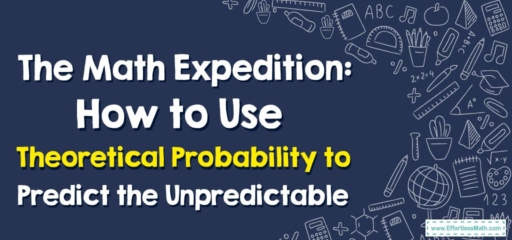
1. The Summit of Understanding: Theoretical Probability
Perched high in the mountain range of mathematics is the peak of theoretical probability – the mathematical calculation that an event will happen based on the total number of equally likely outcomes.
2. The Trek: Making Predictions with Theoretical Probability
Our trek today involves using theoretical probability to make predictions. Here’s our map for the journey:
The Explorer’s Map: Using Theoretical Probability to Make Predictions
Step 1: Understand the Event
Our journey begins with understanding the event. What are we trying to predict?
Step 2: Calculate Theoretical Probability
Next, we calculate the theoretical probability of the event occurring. This is done by dividing the number of desired outcomes by the total number of outcomes.
Step 3: Make a Prediction
Finally, we use our calculated theoretical probability to make a prediction about the likelihood of the event happening.
Let’s take an example. Suppose we’re predicting the chance of rolling a \(3\) on a standard six-sided die.
- Understand the Event: We want to find out the chance of rolling a \(3\).
- Calculate Theoretical Probability: There’s only one \(3\) on the die, and there are six possible outcomes \((1, 2, 3, 4, 5, 6)\). So, the theoretical probability of rolling a \(3\) is \(1\) (desired outcome) divided by \(6\) (total outcomes), which is approximately \(0.1667\) or \(16.67\)\(\%\).
- Make a Prediction: Based on our calculated theoretical probability, we might predict that there is a \(16.67\)\(\%\) chance of rolling a \(3\).
And with that, we’ve reached the summit of our mathematical expedition! Remember, theoretical probability is a powerful tool in your explorer’s toolkit, helping you predict the unpredictable. Until our next adventure, stay curious and keep exploring!
Related to This Article
More math articles
- The Ultimate SHSAT Math Formula Cheat Sheet
- Overview of the PERT Mathematics Test
- How to Solve Measurement Word Problems
- The Ultimate 7th Grade NJSLA Math Course (+FREE Worksheets)
- The Ultimate PSAT 10 Math Course (+FREE Worksheets & Tests)
- 7th Grade IAR Math Worksheets: FREE & Printable
- Brain Training Apps and How They Help Increase Memory and Focus
- Quotient Quest: How to Estimate Division with Two-Digit Divisors
- How to Solve Word Problems by Adding Three or More Fractions
- 8th Grade Georgia Milestones Assessment System Math Practice Test Questions


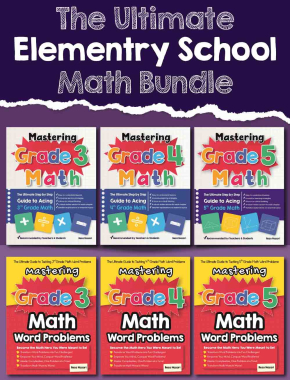
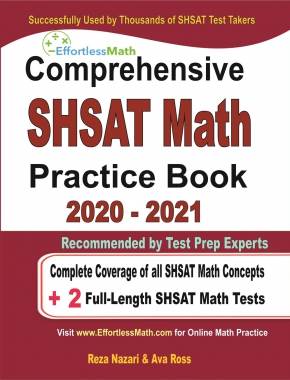

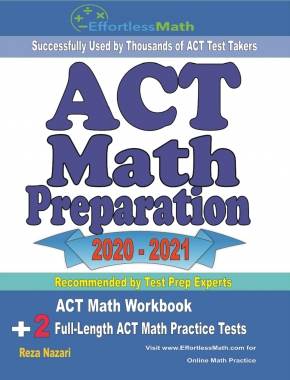
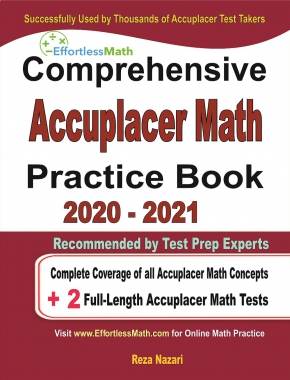
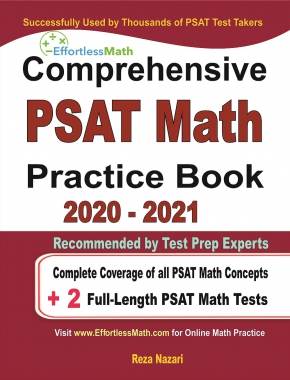
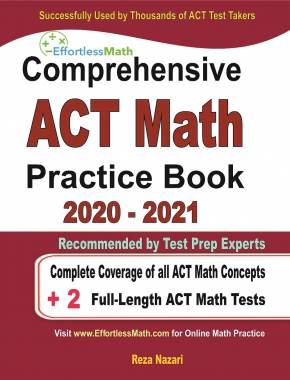
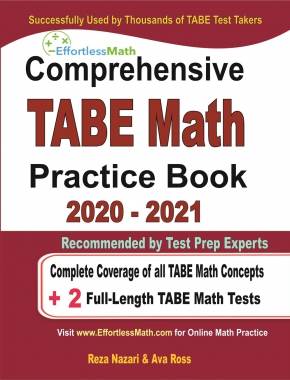
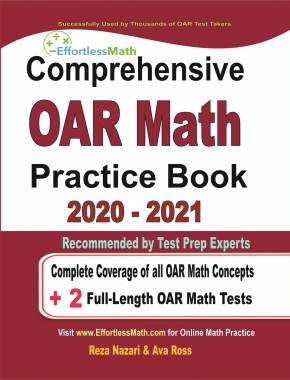

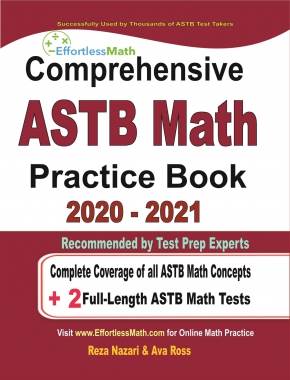
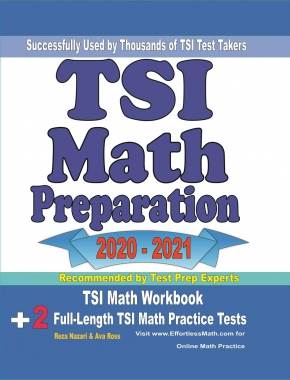
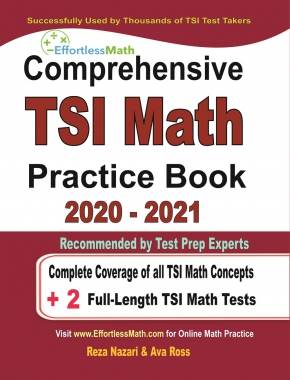
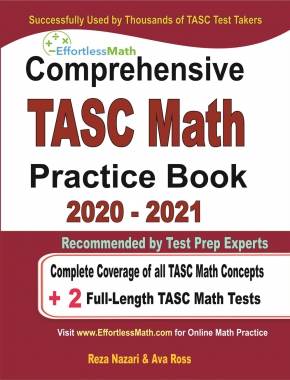
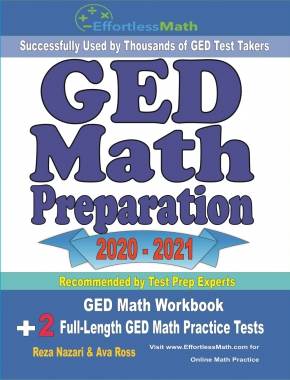


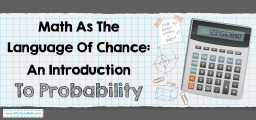
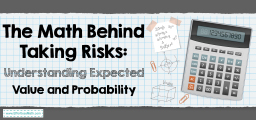
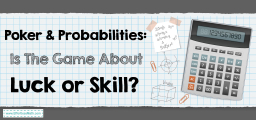
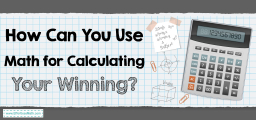
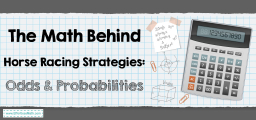
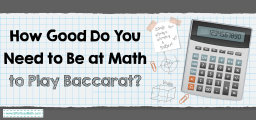

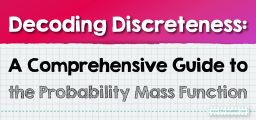

What people say about "The Math Expedition: How to Use Theoretical Probability to Predict the Unpredictable - Effortless Math: We Help Students Learn to LOVE Mathematics"?
No one replied yet.